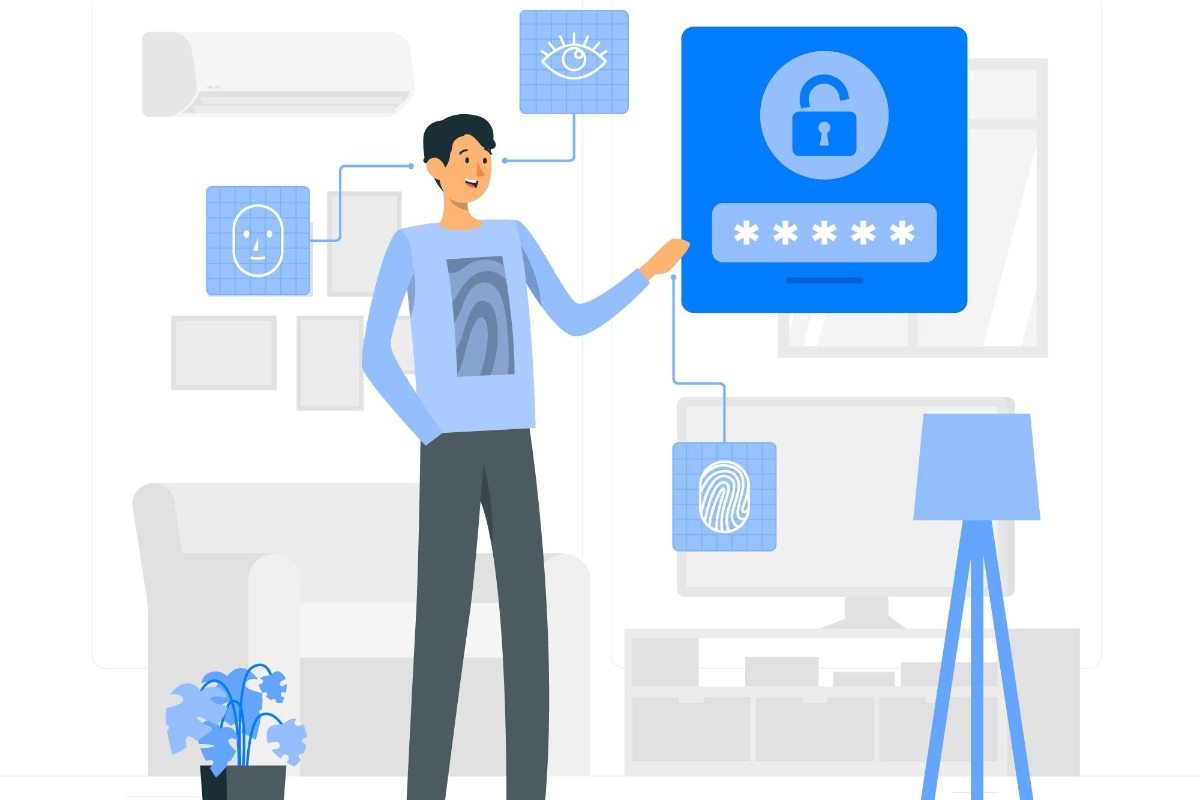Blog / Technology / CyberSecurity
Don't Let your Brand Reputation Get Ruined by Hackers (Illustrated)

Mitigating cyber attacks requires working with experts, notifying victims and minimizing reputational impact. Here's a list 6 Things to do after a cyber attack. (Illustrated)
Every business has an image it needs to project to its audience and customers and a major part of that image is the impression of sturdy reliability. This means your services or product delivery work all the time, customer service systems don’t fail and clients maintain a sense of safety when handing their personal information or money over to you. This too is an integral part of marketing.
Thus, this is also why you as a business owner and brand marketer have to be especially conscious of the digital security and readiness you have surrounding your websites, work computers and hosting servers. If you want to make sure you’re reliable to your clients, you need to be able to react fast to the kinds of data hacks and intrusions that can bring your site down or start making things glitch up all over the place.

1. Assess the Problem
Let’s say that one day you log into your customer service email and find that you’ve been bombarded by more than a few complaints from existing clients who are claiming that something vital which always worked is just not functioning properly. Or maybe it’s you who first notices a problem: you try to access your site and find that it’s completely down, or certain pages won’t load, or your links are being redirected to some bizarre third party web page that’s selling Viagra pills.
The possibilities for how a hack first shows itself are endless and some of them are subtle enough that you won’t even notice them easily. Whichever is the case, the first thing you need to do is assess the specific problem as closely as you can and as quickly as you can.
Check the functionality of your website systems and your actual computers, conduct antivirus/malware scans of your local machines and keep a particular eye out for unknown exe. files you don’t ever remember installing, particularly very small exe files. This is a good resource for the above. Do the same for your server and hosting database files and try to locate code or extensions that you don’t recognize.

2. Get in Touch with your Webhost
In the event of a hack intrusion, your webhost can be your absolute best friend under the right circumstances. By notifying them of everything and anything strange you’ve noticed as soon as you can, you’ll be able to work with them in coming up with a solution much mre easily than if you we’re doing it on your own.
For one thing they can tell you if what you’re experiencing is isolated to just your website or if it’s part of a wider problem other customers of theirs have noticed. Also, they can help you find information on how the hack might have occurred and help you find ways to fix it and go through your own security steps. At the very least they will owe you this assistance as part of their customer service guarantees.
Talking to your hosting provider is especially important if you are using what is called shared hosting, in which your site and databases are just one of many on a single server shared by multiple users. Shared hosting is less secure but because it’s cheaper a lot of website owners opt for it.

3. Start Backing Up
Back up everything you’ve got on your servers and on your local machines (computers) if you think they’ve been compromised too. Do this as quickly as possible and don’t worry about backing up malicious code or files along with your good data. You can later clean your backups out inside a closed local hosting environment at your leisure; for now they key thing to do is just get as much of your website information saved and backed up as possible so you can quickly reinstall afterwards with minimal downtime on your online business.

4. Change All your Access Passwords
Your website Cpanel hosting login, your FTP logins and the passwords for all of your MySQL databases should be changed right after you’ve made backups of all your data. If hackers have intruded into your systems, there’s a good chance that they’ll continue to create access for themselves by password information they might have. Switching all of these login passwords quickly is a must-do step.

5. Notifiy your Customers of Impending Service Cuts
Ultimately, you need to communicate with your customers and audience even if you don’t exactly explain in detail everything that’s been happening to your website and the risks it’s gone through. However, as a general rule of transparency and also as a necessity before the last step below, you should put up a polite, calm notification that your website and services might experience some brief technical glitches –which are nothing to be worried about. Politely ask your viewers to be patient with you while you work to fix the problems as quickly as you can.
After the fact, after you’ve reversed the data intrusion as quickly and efficiently as you could, you can go into more detail and even turn the whole story into an interesting narrative that showcases how dedicated you are to cutting off problems in record time.

6. As Quickly as Possible, Reinstall and Reload
Once you’ve backed up your data, changed all your passwords and identified all the malicious files in your backed up data, you can work quickly to get everything running again. Erase all of the old data that’s still on your servers, reinstall all of your site management software with the latest versions of itself and re-upload all of your backed up clean data as soon as possible.
On an added note, bear in mind that if you’re feeling over your head about all of the above processes and have a very valuable, large revenue website you’d like to repair in the wake of a breach ; you can also call in for some expert professional help from companies like LWG Consulting at any time and let them guide you through getting back on your feet.